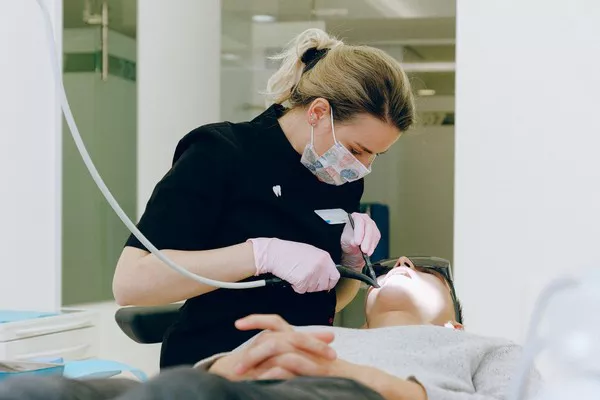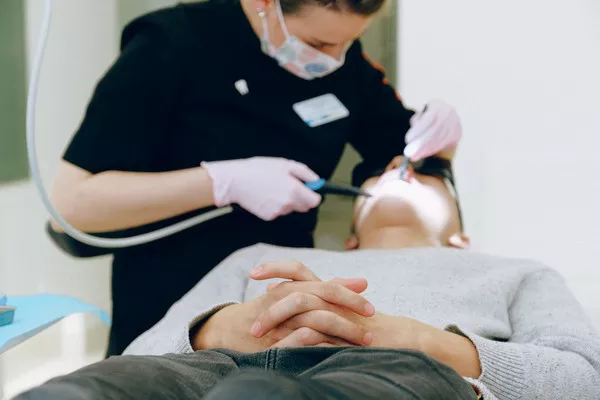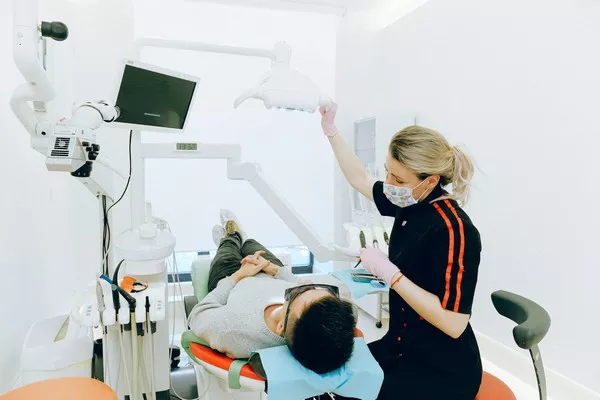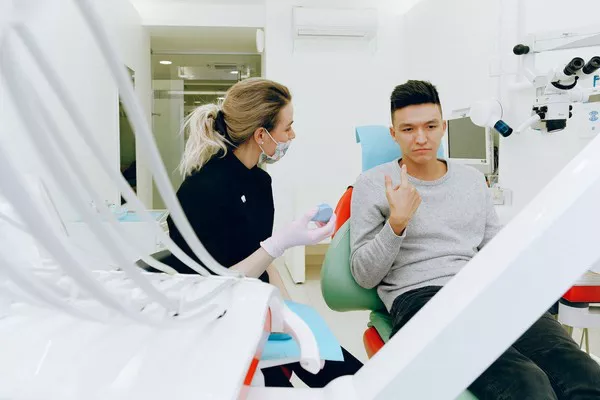A bright, white smile is often associated with beauty and confidence. Whitening strips have become a popular choice for individuals seeking to enhance the whiteness of their teeth. However, it’s important to understand the recommended frequency of whitening strip usage to ensure optimal results while prioritizing dental health. In this comprehensive article, we will explore how often you can safely use whitening strips per year, considering factors such as enamel sensitivity, potential risks, and expert recommendations.
Understanding Whitening Strip Usage Frequency
The frequency at which you can safely use whitening strips depends on several factors, including the concentration of the whitening agent, the duration of each treatment, and individual dental health. Whitening strips typically range from daily use to occasional or monthly application. It is crucial to carefully read and follow the instructions provided by the manufacturer in terms of duration and intervals between treatments.
Potential Risks of Overusing Whitening Strips
Overusing whitening strips can lead to various oral health issues. Excessive and frequent use may cause tooth sensitivity, gum irritation, and enamel erosion. The whitening agents present in the strips penetrate the enamel, and overuse can weaken its structure. It is essential to strike a balance between achieving desired results and maintaining the long-term health of your teeth.
Consultation with a Dental Professional
Before incorporating any whitening treatment into your dental routine, it is advisable to consult with a dental professional. They will evaluate your oral health, identify any underlying issues, and provide personalized recommendations based on your specific needs. A dental professional can assess the condition of your enamel, determine the appropriate strength of whitening products, and suggest an optimal usage frequency to minimize any potential risks.
Considering Enamel Sensitivity
Enamel sensitivity varies among individuals. Some people may have naturally more sensitive enamel, making it important to adjust whitening strip usage accordingly. If you experience tooth sensitivity or discomfort after using whitening strips, it may be necessary to reduce the frequency or concentration of the whitening treatments. Consulting with a dental professional can help determine the best approach for your specific needs.
Expert Recommendations and Best Practices
Dental professionals provide valuable insights into the safe usage of whitening strips. Generally, it is advisable to limit whitening strip usage to once every three to six months. This interval allows time for the teeth and gums to recover from the treatment and reduces the risk of sensitivity or potential adverse effects. Following the recommended usage frequency specified by the manufacturer and dental professionals helps maintain oral health while achieving satisfactory results.
Maintaining Good Oral Hygiene Habits
Whitening strips should complement a consistent oral hygiene routine rather than replace it. Brushing your teeth twice a day with a soft-bristled toothbrush, flossing daily, and visiting your dentist regularly are essential practices for maintaining good oral health. These habits help remove surface stains and prevent plaque buildup, enhancing the overall effectiveness of whitening treatments.
Alternative Whitening Options
In addition to whitening strips, there are alternative tooth whitening options available, such as professional in-office treatments or at-home kits provided by dental professionals. These options may offer stronger whitening agents and more personalized guidance based on your specific needs. Consulting with a dental professional can help you explore these alternatives and determine the most suitable approach for achieving your desired results.
Conclusion:
The frequency at which you can safely use whitening strips per year depends on various factors, including enamel sensitivity, individual dental health, and expert recommendations. Overusing whitening strips can lead to tooth sensitivity, gum irritation, and enamel erosion. It is crucial to strike a balance between achieving desired results and maintaining long-term dental health. Consulting with a dental professional, following recommended usage frequency, and maintaining good oral hygiene habits are key to achieving a brighter smile safely and effectively. Remember, personalized guidance from a dental professional is invaluable to address any specific concerns or conditions you may have and ensure the best possible outcome for your teeth whitening journey.
Related Topics:
































